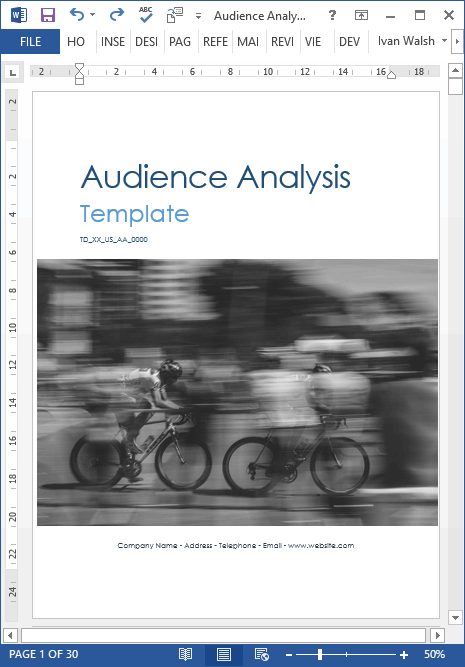Marketing Plan
How to Create More Accurate User Personas
Summary: user profiles help connect customer needs to specific products and services. Your ability to define accurate user profiles influences your content strategy, communication plan, and product development.
Why do we need user profiles?
Different reasons. The main one if that when we are starting out, saying building an educational product, we may have an idea of who will think will buy the product. We’re not sure but that’s our ‘gut instinct.’
This means we have a rough idea of who we’re developing our product for. We’re not 100% sure but, based on what we think we know, the angle when pitching to investors, the position we take in marketing, and the type of content we develop all dove-tail with this abstract persona. It’s who we think we will be selling to.
Of course, this will change when we make our first sales and start to communicate with real breathing human customers. Until then, we need something to get started with.
[Learn more about the Audience Analysis Template here]
During the Audience Analysis phase, you need to create User Profiles to help you get better results for the market research. What this means is that before you start in-depth marketing activities, you identify the user groups you plan to target before you start any coding, writing, or promotional work.
User Profiles, Market Research & Human Needs
After, all, the better you understand your target audience, the more chances you have of tailoring relevant content to their specific needs. While this slows you down initially, it helps structure your site (and all associated documents, brochures, videos) so the content aligns with your prospective customer’s interests.
Use these steps to develop User Profiles, especially when developing web site content:
- Sector – Identify the target sector or vertical markets you are developing your site for. Once you understand this, develop different types of content that aligns with their most pressing needs. Some content is more important than others.
- Expertise – Identify the level of subject expertise in that group. In other words, if they are beginners, create content that explains that basics. If they are more advanced, provide in-depth tutorials that show how the site works with more advanced tips.
- Preferences – Identify information preferences, such as their preferred order for accessing information. For instance, they want to access this type of content first, then second, then third, and so on.
- Environment – Identify their environments, for example applications settings, screen resolution, screen color, hardware, operating systems and other peripherals.
- Expertise – Identify technical expertise, for example, their ability to install plug-ins, download patches or run anti-virus software.
- Demographics – Define your audience’s characteristics, such as their occupation, location, sex, age and level of education.
- Scenarios – Describe usage scenarios, for example where and why the audience will use the site, locations where is will be used and the devices they will use.
- Characteristics – Describe physical abilities, such as vision, hearing, and mobility which may influence how you design the site layout and appearance.
Next Steps
Once you have collected this information, which in many ways is similar to gathering business requirements, feed it into your Audience Analysis worksheet. This will allow you to conduct more effective market research campaigns as your target user group has already been more refined, thus improving the quality of the research data.


